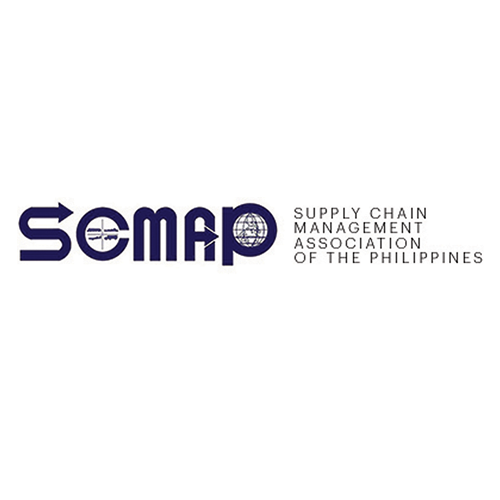Over dinner I was asked: how could COVID-19 cause all this chaos on our supply chains?
“Everybody was locked down,” I answered. “The people working on the raw materials, the people working in the factories, the people driving the trucks, the people manning the ships, the people managing the ports—all that meant the movement of goods were delayed.”
And they still are, for the most part. While we no longer see empty shelves to the extent that we saw in the first weeks of community quarantine in the Philippines, we still feel the effects through higher prices. (As I write this, authorities announced that our inflation rate shot up to 4.9% last month, the fastest in three years, led by price increases in food and fuel.) And then there are the effects of the war in Ukraine, continuing anxiety over the election results, and other geopolitical and trade shifts, like Indonesia’s decision to ban exports of palm oil to assure its domestic supply.
Extraordinary circumstances aside, the “supply chain crisis” we have been in the midst of for the past couple of years is a large-scale example of our supply chain woes in the Philippines. It all boils down to capacity and capability, or lack thereof. Not enough infrastructure to support the movement of both people and goods. Not enough talent to complement the rising demand for logistics, particularly last mile logistics. Not enough support to improve the tools and equipment that may help our supply chains perform better. These issues have been there long before. Add to that the immediate effects of the lockdown, and you can guess what happens next.
We know that these issues are not easy to fix, and are best addressed through medium- to long-term solutions that include inputs from all stakeholders across the supply chain. This runs the gamut from legislation and regulations that promote unhampered movement of goods, to infrastructure that support current and future mobility needs and acknowledges concerns over sustainability.
We are happy that over the past few years there has been more joined-up thinking among government stakeholders when it comes to supply chain issues, and that we, among other representatives from the private sector, have had a seat at the table, and a stronger voice in the discussions. But still, certain bottlenecks exist. Traffic regulations are introduced without consulting affected stakeholders, for example. Charges are increased in critical points of the supply chain, again without ample consultation. Often the short-term goals may be realized, but the long-term impact—on the ability of businesses to compete, on the ability of customers to patronize our products—is detrimental and more difficult to reverse.
And this isn’t just the case with matters that directly affect the logistics industry. Take agriculture. While access to markets is an important part of the equation, just as critical is the ability of farmers to keep up with developments so they can better take advantage of the new opportunities offered to them. If they cannot do so, improved access to markets cannot be truly maximized.
It is important that we approach issues pertaining to the development of our country through a supply chain lens. As the end goal is equitable prosperity for all Filipinos, regardless of where they are and where they come from, we have to acknowledge that everything is connected. That means one decision on one part of the economy will impact all other parts, in one way or another. We are not saying that the government should pay special attention to the supply chain sector, at the expense of everything else. Rather, we are hoping for the adoption of a new mindset, one that acknowledges the interconnectivity of various facets of the economy and ensures that any detrimental impact on one of them can be easily minimized.
Can we truly achieve this? We have taken some steps. Again, there is closer dialogue between stakeholders in government and industry over the past few years, but we can go further. For years we have floated the idea of a “national supply chain commission”, which will formalize current avenues of collaboration and ensure the proper planning and implementation of initiatives relating to the sector. On a LinkedIn post, one of our past presidents, Arnel Gamboa, went one step further in positing the creation of a “national supply chain development council”, which will complement current government planning mechanisms by providing the perspective of day-to-day supply chain operations, and ensure continuity across the shifting priorities of the six-year political cycle.
In any case, we hope our next president will have the initiative to at least continue the ongoing dialogue, and go further, as we continue to nurse our economy back to health.
Henrik Batallones is the marketing and communications director of SCMAP, and editor-in-chief of its official publication, Supply Chain Philippines. More information about SCMAP is available at scmap.org.





